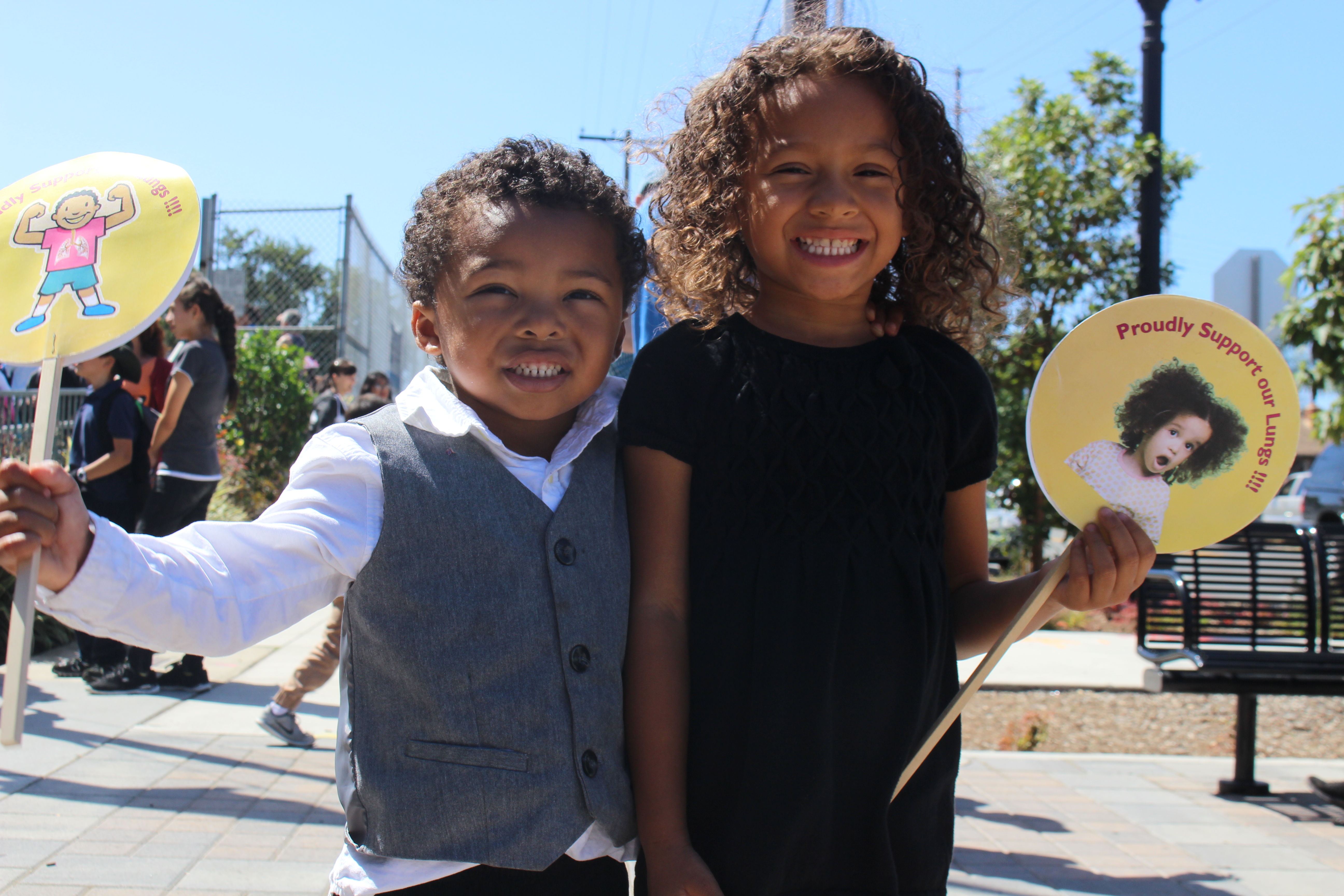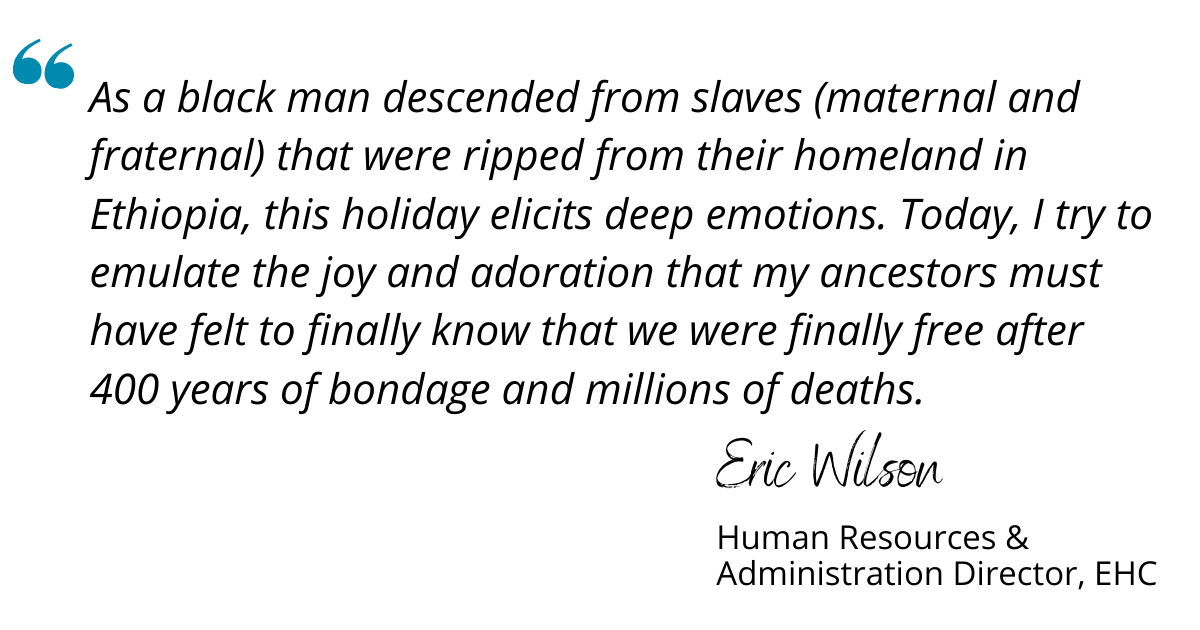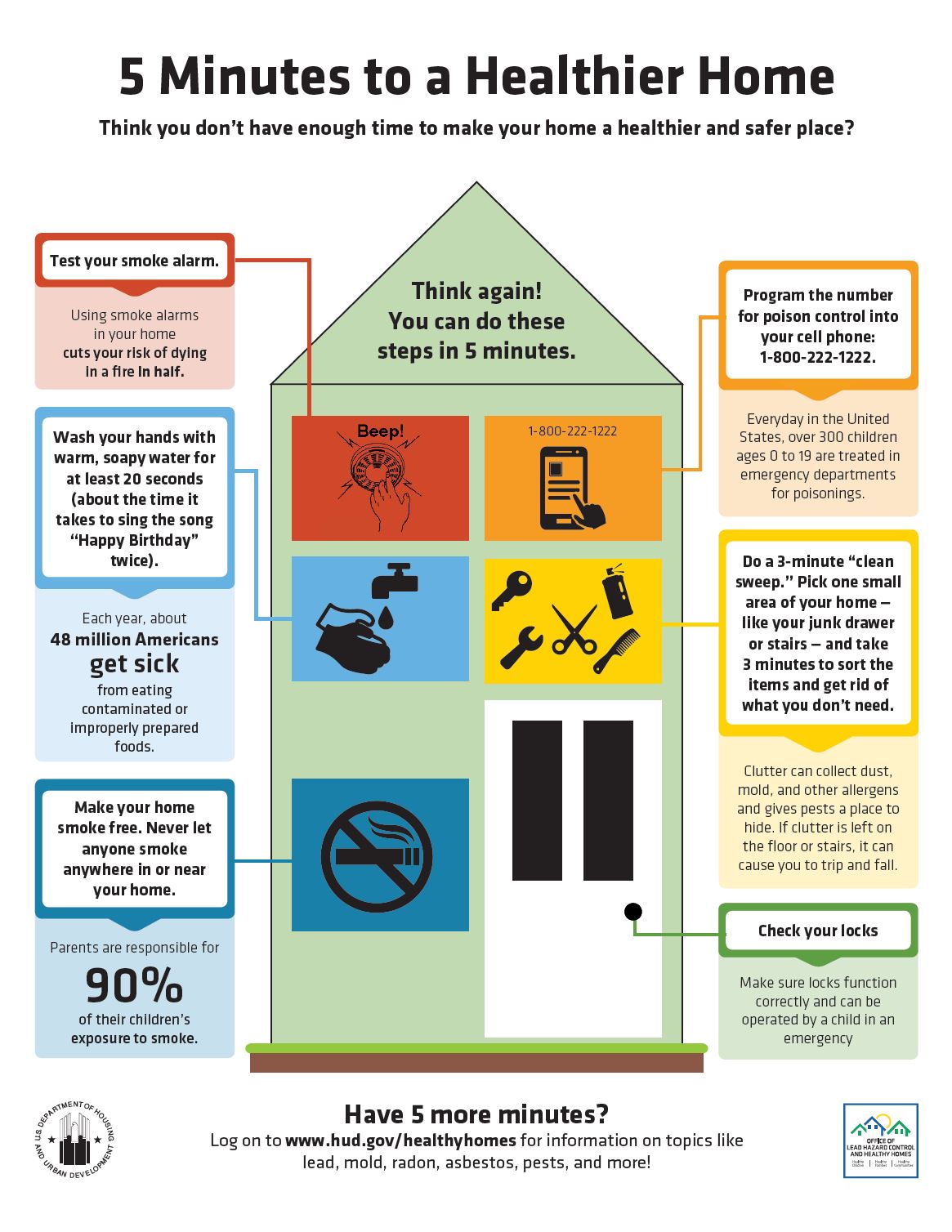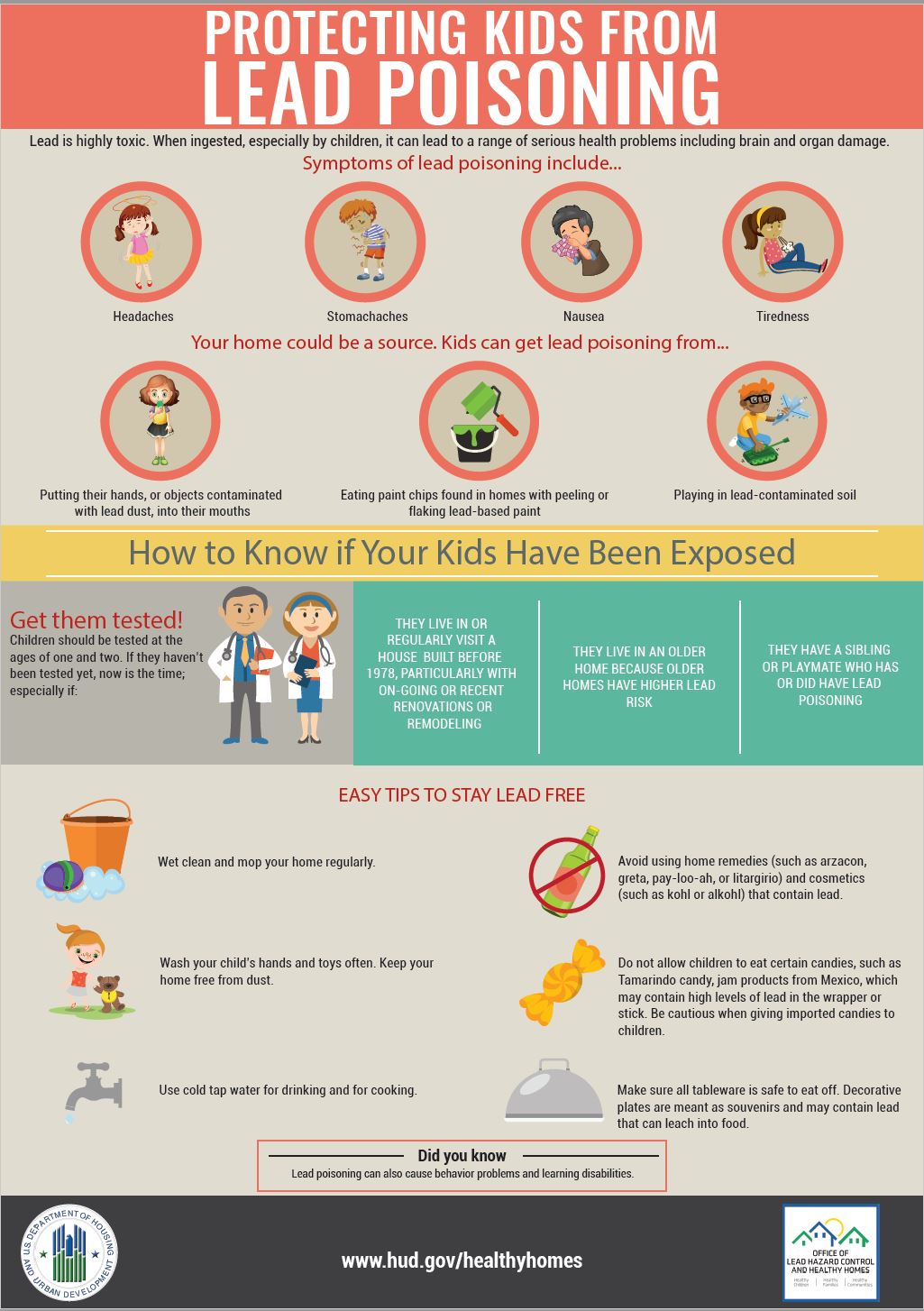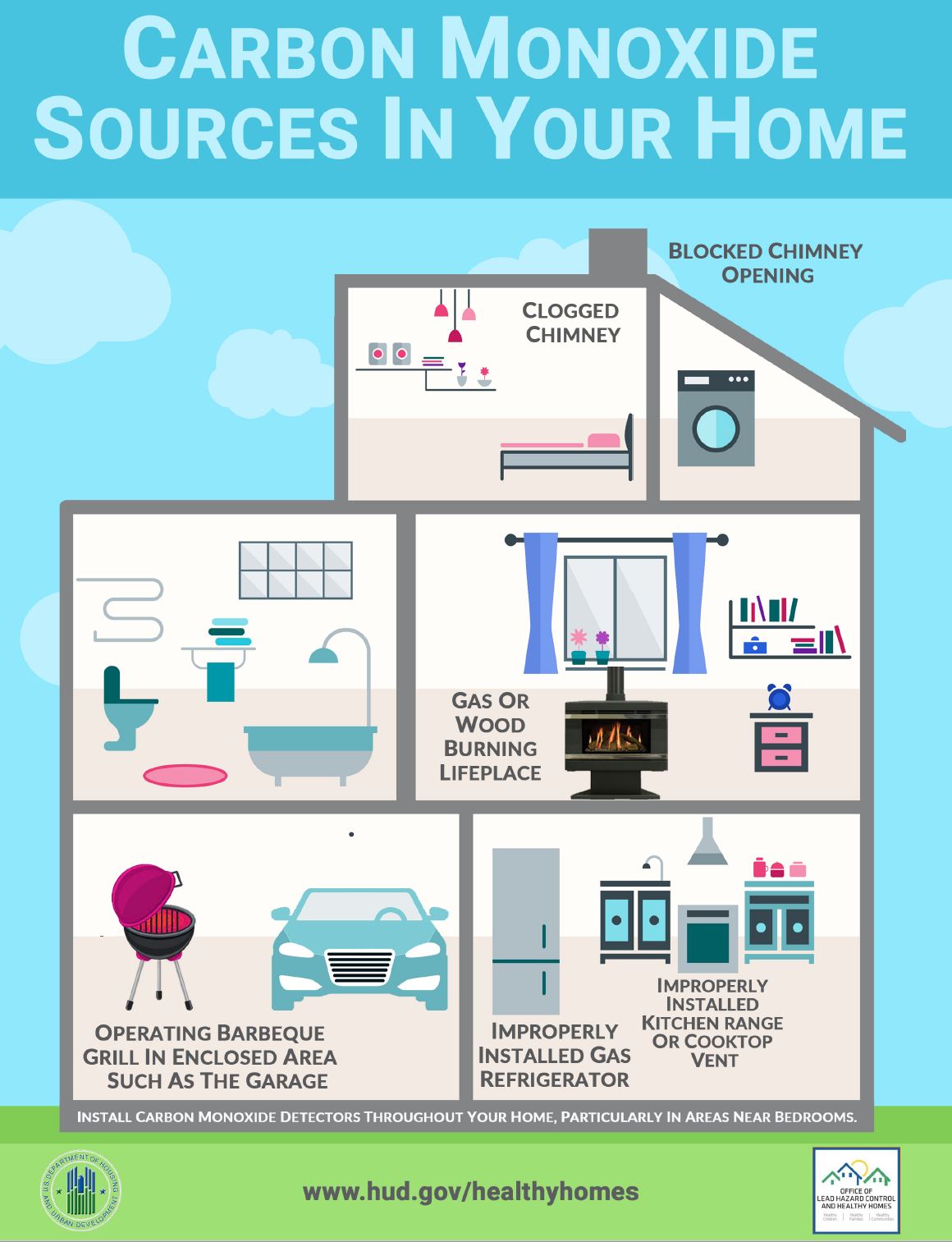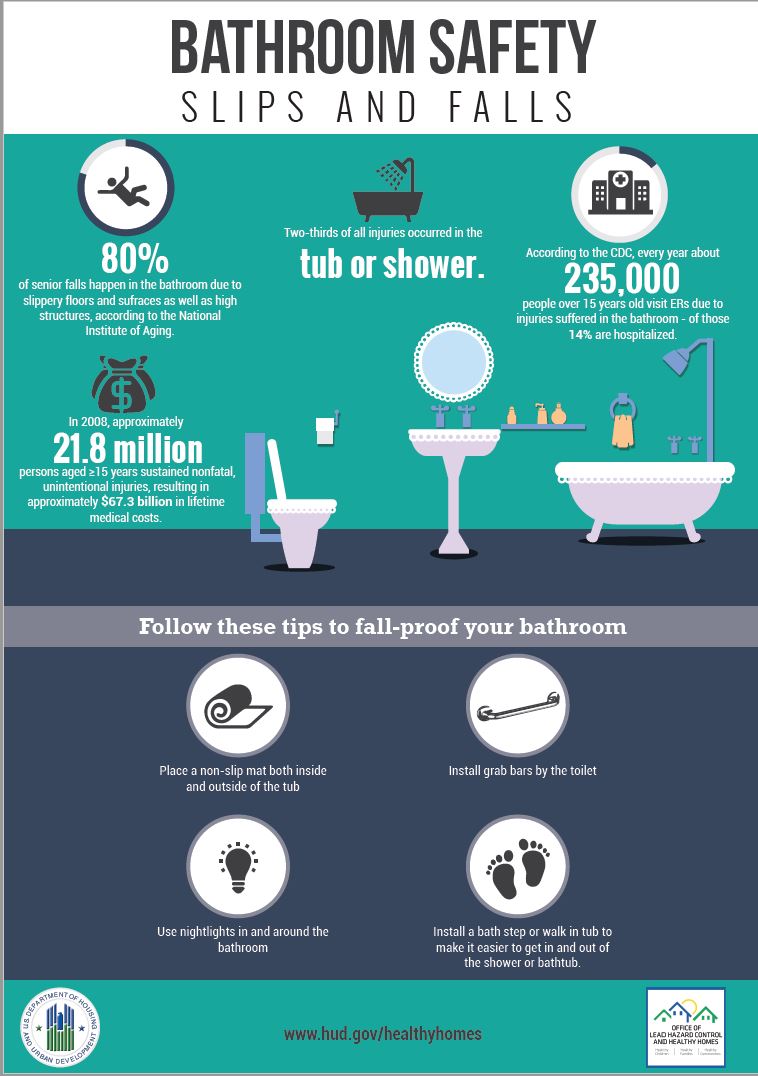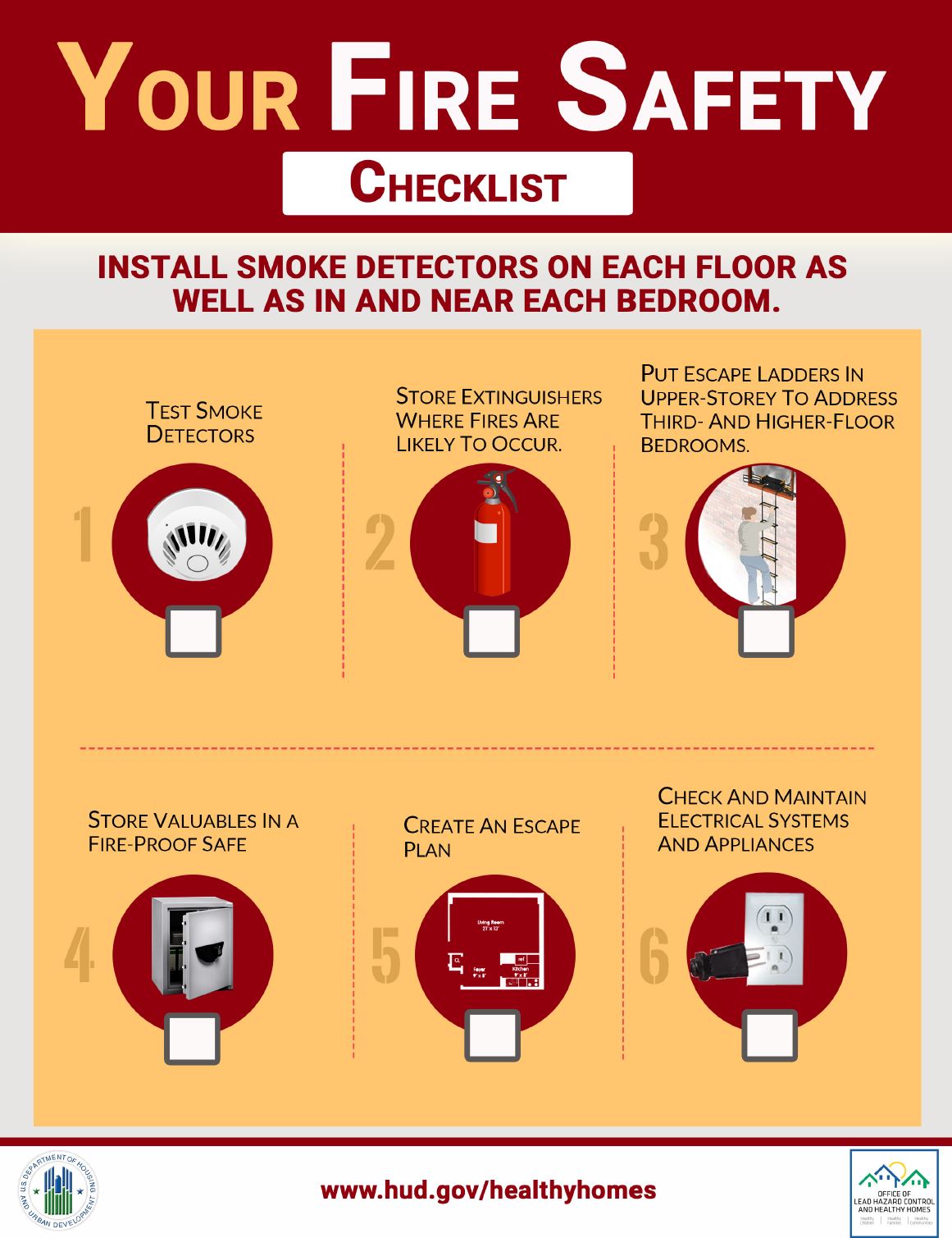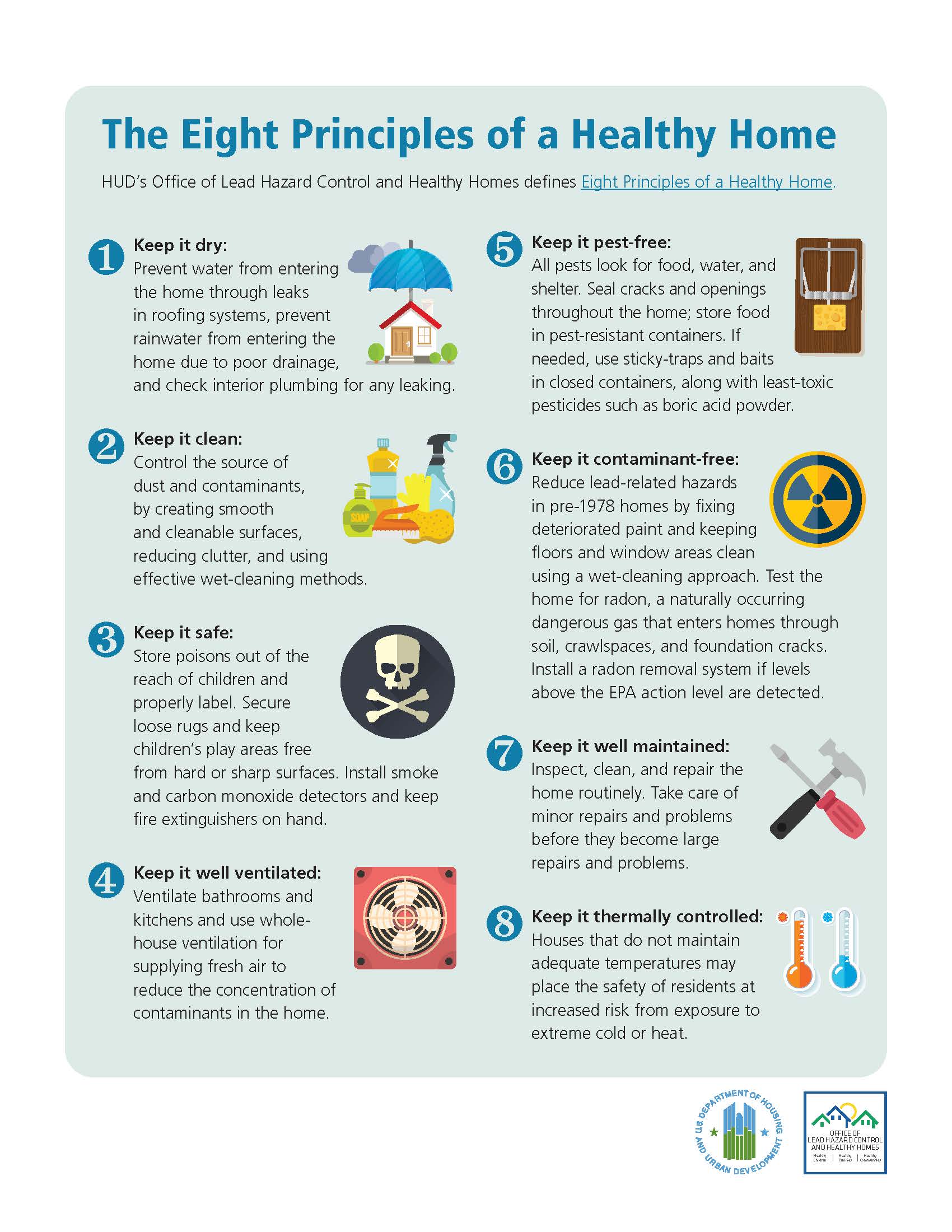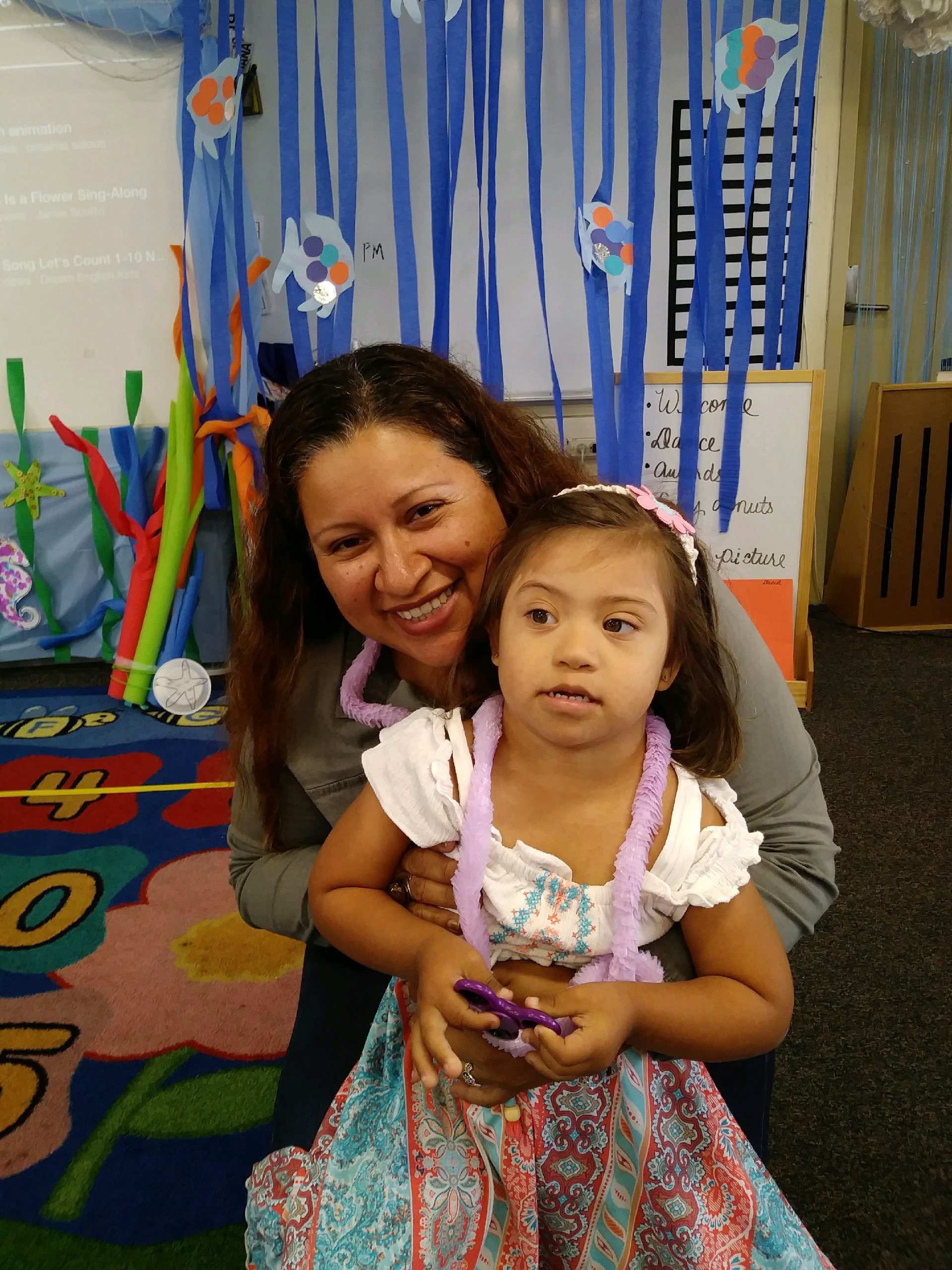PAIR Program
Portside Air Quality & Improvement Relief
Do you qualify for a free air monitor and purifier in your home?
What is the PAIR Program?
The PAIR Program is a two-year program dedicated to improving the indoor air quality in homes within Barrio Logan, Logan Heights, Sherman Heights, and West National City. These neighborhoods are known as Portside Communities because they are near the Port of San Diego. Portside Communities are exposed to more pollution than the rest of California because of their closeness to freeways, freight, and industrial activities.
Through funding from the County of San Diego and the Port of San Diego, over 500 Portside homes can receive a FREE air monitor and air purifier to improve air quality in their homes.
The San Diego Air Pollution Control District (APCD) is administering this program and the Environmental Health Coalition (EHC) is conducting outreach and education, handling installation, and processing applications. EHC will also be on call to handle any troubleshooting during the two-year program cycle.
Each participant will receive:
- Free delivery of the air monitor and air purifier with three additional filters to use during the two-year program.
- First home visit by the PAIR Community Organizer to install the air monitor, discuss the benefits of the program, collect their application, offer tips to improve the indoor air quality of their home, and connect the home air monitor to the APCD’s system.
- Second-home visit, 30 days later, to install the air purifier, explain how to replace the filter, and provide maintenance for the equipment.
- Folder with contact information for any troubleshooting needs, bilingual manuals for the equipment, list of local health clinics, and information about SDG&E’s CARE program to offset the costs of running the equipment 24/7.
- $125 stipend will be available for households that need financial assistance to help offset the costs of running the equipment.
Why is APCD monitoring the air in the homes of the participants?
APCD is interested in learning more about the pollutants and levels of pollutants inside Portside homes. This data can be used by the PAIR Program to identify additional resources to reduce the pollution exposure for Portside Communities.
Do you qualify for a free air monitor and purifier?
If you live in the Portside Communities of Barrio Logan, Logan Heights, Sherman Heights, and West National City you qualify to participate in the PAIR Program Communities to receive a free air monitor and purifier.
How do you sign up?
If you'd like to receive a free air purifier and monitor, call our bilingual PAIR Hotline at 619.603.7758, leave your name, address, and phone number. Supplies are limited.
If you have questions, please contact Laura Benavidez, PAIR Program Community Organizer by email at Esta dirección de correo electrónico está siendo protegida contra los robots de spam. Necesita tener JavaScript habilitado para poder verlo. or through our hotline (619.603.7758). Laura is bilingual in English and Spanish.
What do you get?
Air Monitor: IQAir Air Visual Pro
- Monitors indoor PM2.5, carbon dioxide, humidity, temperature, weather
- 3-day air quality forecasts and historic air data
- Recommendations on when to turn on the air purifier
- No phone/computer required
- Shows outdoor air quality readings from the closest air regulatory air monitor
Air Purifier: Blueair Blue Pure 311 Auto
- Covers a medium-sized room
- Filters air 5x an hour
- “Auto” feature automatically turns the unit on/off when PM levels are high
- 6-month filter life (when running 24 hrs/day) and includes three extra filters
PAIR Partners



